Changes in Automotive Tech Driving Manufacturing Modifications
Material and powertrain advancements are the two main drivers changing the auto industry. Consider the implications for manufacturing.
Share





Takumi USA
Featured Content
View More



One of the things that is overlooked in all of the histrionic discussions of Tesla manufacturing and the “production hell” that CEO Elon Musk is trying to extricate himself from is the fact that there is a 5.5-million-square-foot factory in Fremont, California, that is full of robots, stamping equipment, welding gear, material-handling equipment and other production equipment that one would expect to find in any car manufacturing facility. No matter how advanced the Tesla models may seem, at the end of the day they are produced just like (almost) any other car or light truck out there.
Realize that the Tesla Model S is a more aluminum-intensive vehicle than the Ford F-150. The Model S has an aluminum chassis and body while the Ford uses a steel frame. So the Tesla checks one of the boxes for automotive manufacturing going forward: the extensive use of lightweight material.
It is probably this change in material use by automotive manufacturers that is one of the two biggest causes of change in manufacturing processes that will be occurring at an ever-increasing pace.
The second change is in the area of the powertrain. In the case of the Model S, let’s say that an alternative that might be considered by a more traditional car buyer is the Mercedes S 450 sedan. A similarity with the Tesla is that is has an aluminum unibody. But the biggest difference is under the hood, where it has a 362-horsepower 3.0-liter aluminum V6 that is mated to a nine-speed automatic transmission.
The Model S is powered by AC induction motors. For the base model, there is a 285-kW motor, which translates to 382 horsepower. The transmission has a single gear, a reduction gear that reduces the output of the motor to match the axle rpms.
So let’s take these two drivers of change—the materials change and the powertrain change—one at a time and consider the implications for manufacturing.
Changes Driven by Materials
For the past 100 years or so, steel has been the primary material used to produce cars and light trucks. Automakers and suppliers have become experts at processing steel. Not only do they have the know-how when it comes to engineering structures, parts and components made with the ferrous material, but they also fully understand how the material will perform when it is stamped and welded.
Steel will continue to play a major role in automotive manufacturing in the future, however, the steel makers have made significant changes to many of the materials. Changes such as using ovens or inductive-heating systems to bring the blanks to more than 900°C prior to stamping are required to process these ultra-high-strength steels. (These steels are typically used for things like B-pillars and door beams—applications that improve the structural safety of the vehicle.) Also, whereas things like springback have been long understood by stamping engineers when it comes to more traditional steels, these new materials have different behaviors.
Note that steel is no longer going to be used alone. There is a growing mixed-material approach to automotive manufacturing. Not only are aluminum body panels being produced, as is the case for the aforementioned F-150, but aluminum structural components, including castings and extrusions.
This also means differences in processing. For example, there is—and will continue to be—an increase in the use of mechanical fasteners, such as rivets, as well as structural adhesives.
While there are some cars that have composite structures and bodies (like the McLaren 570S, for example), these vehicles tend to be produced in low volumes and are consequently pricey (the 570S starts at $188,600). However, there are some developments by suppliers that make use of composites for things like strengthening the B-pillars of vehicles. Rather than producing a hot-stamped pillar, it is possible to form a pillar with a more conventional high-strength steel then put a composite insert inside the channel.
Again, this further emphasizes how the production of cars and trucks becomes a mixed-material undertaking, not just steel-centric, as it has long been.
Changes Driven By Electric Powertrains
Simply consider all of the parts that are not there. Suddenly, things like camshafts and pistons are no longer required. No blocks. No heads. The amount of machining required to produce a motor housing is trivial compared with that necessary for a typical internal combustion engine. As previously mentioned, the transmission is something that goes from being a complex arrangement of gears and valve bodies to something that is much simpler.
However, it should be pointed out that for the next several years, cars and light trucks will not be “electric” as much as they will be “electrified.” That is, rather than full-on electric vehicles like the Tesla models or the Chevrolet Bolt EV, they will be hybrids of various types. The most famous hybrid is the Toyota Prius. That vehicle features electric motors that are used to drive the wheels and perform as a generator to recharge the batteries, but it also has an internal combustion engine. The current-generation Prius has an all-aluminum 1.8-liter, four-cylinder, 95-horsepower engine. So while there are going to be engines produced going forward, these engines are likely to be smaller than those of the past. Yes, there will still be big V8s like Hemis produced, but in smaller numbers than in the past.
While there is arguably more attention being paid to autonomous vehicles than almost any other aspect of the auto industry, autonomy will have but a minor effect on how vehicles are built and powered. For example, Waymo is arguably the most-advanced developer of autonomous driving technology, yet in late May 2018 it placed an order for as many as 62,000 vehicles—Chrysler Pacifica Hybrid minivans, just like the one that you can find at your local Chrysler dealer. (Yes, Waymo will add the sensors, processors, actuators and other elements, but fundamentally, it is still just a minivan.)
Related Content
Arch Cutting Tools Acquires Custom Carbide Cutter Inc.
The acquisition adds Custom Carbide Cutter’s experience with specialty carbide micro tools and high-performance burrs to Arch Cutting Tool’s portfolio.
Read MoreFord Partners With Rockwell Automation to Advance EV Program
The companies will jointly collaborate on assembly tooling designs and architectures that will increase speed to market.
Read MoreEliminating Automotive Defects Per Million With Automated Visual Inspection
This automotive manufacturer virtually eliminated PPM defect complaints after implementing an automated visual inspection system at its facility.
Read More4 Steps to a Cobot Culture: How Thyssenkrupp Bilstein Has Answered Staffing Shortages With Economical Automation
Safe, economical automation using collaborative robots can transform a manufacturing facility and overcome staffing shortfalls, but it takes additional investment and a systemized approach to automation in order to realize this change.
Read MoreRead Next
5 Rules of Thumb for Buying CNC Machine Tools
Use these tips to carefully plan your machine tool purchases and to avoid regretting your decision later.
Read MoreRegistration Now Open for the Precision Machining Technology Show (PMTS) 2025
The precision machining industry’s premier event returns to Cleveland, OH, April 1-3.
Read MoreSetting Up the Building Blocks for a Digital Factory
Woodward Inc. spent over a year developing an API to connect machines to its digital factory. Caron Engineering’s MiConnect has cut most of this process while also granting the shop greater access to machine information.
Read More
.jpg;width=70;height=70;mode=crop)

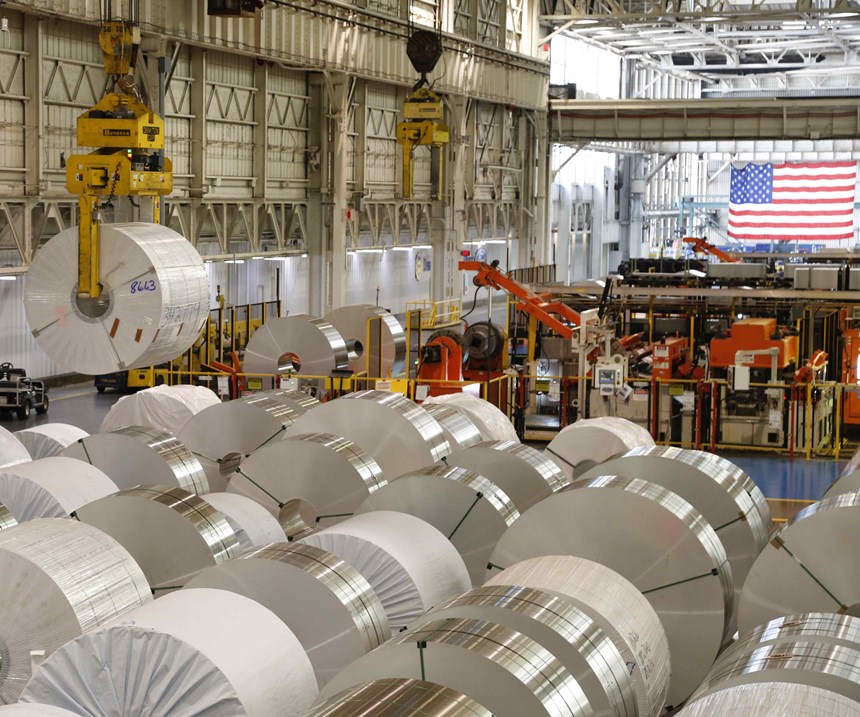
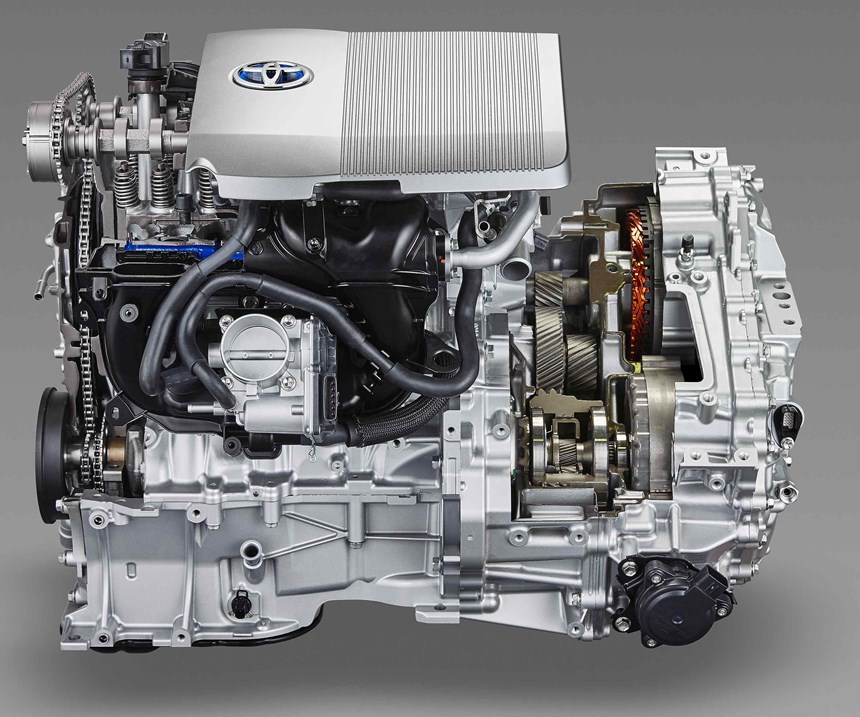
























.png;maxWidth=150)












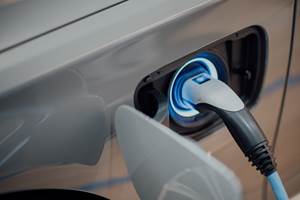
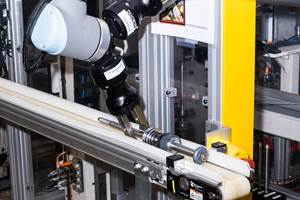




.jpg;maxWidth=970;quality=90)